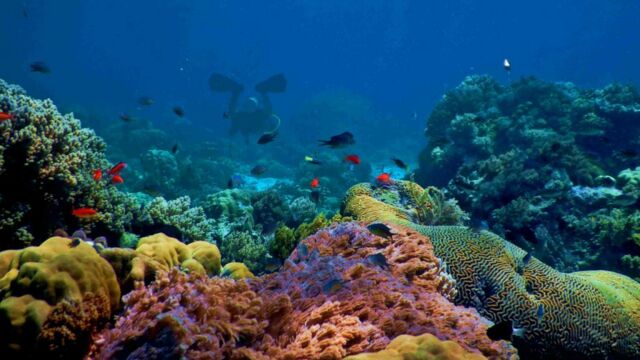Scientists have discovered a single-celled microbe in the ocean in Australia. This microbe is capable of photosynthesis and could be ‘a secret weapon in battle against climate change.’
Discover our latest podcast
What is this marine predator?
This newly discovered single-celled microbe is a tiny marine predator that is capable of photosynthesis as well as naturally sequestering carbon. In recent years, the oceans around the world have been getting warmer and more acidic due to climate change.
According to the team at the University of Technology Sydney, in Australia, the critter could be cultivated to help offset carbon emissions.

Read more:
⋙ War in Ukraine: Climate change could be the unexpected enemy of Putin
⋙ Peeing in the shower could save the environment
⋙ Shocking Images Of Australia While Being Destroyed By Climate Change
How does this marine predator help with climate change?
You may be wondering how this minuscule marine predator can help fight climate change. Well, to answer that question it is due to how the microbe works.
The single-celled microbe will use photosynthesis and will then discharge carbon dioxide carbon-rich mucus. This mucus will then attract and trap other microbes that the predator will eat.
After it’s finished eating, it will abandon the carbon-rich mucus which will then sink to the bottom of the ocean. This cycle contributes to the natural carbon pump.
The marine predator that will help the ocean capture more carbon
According to the study published in the journal Nature Communications Professor Martina Doblin, this newly discovered microbe could potentially be capable of sinking up to 0.15 gigatons of carbon each year.
The implication is that there’s potentially more carbon sinking in the ocean than we currently think, and that there is perhaps greater potential for the ocean to capture more carbon naturally through this process, in places that weren’t thought to be potential carbon sequestration locations.
According to studies, it is believed that humanity needs to remove 10 gigatons of CO2 from the atmosphere each year until 2050 to meet climate goals.
Professor Martina Doblin added:
This could be a game-changer in the way we think about carbon and the way it moves in the marine environment,















